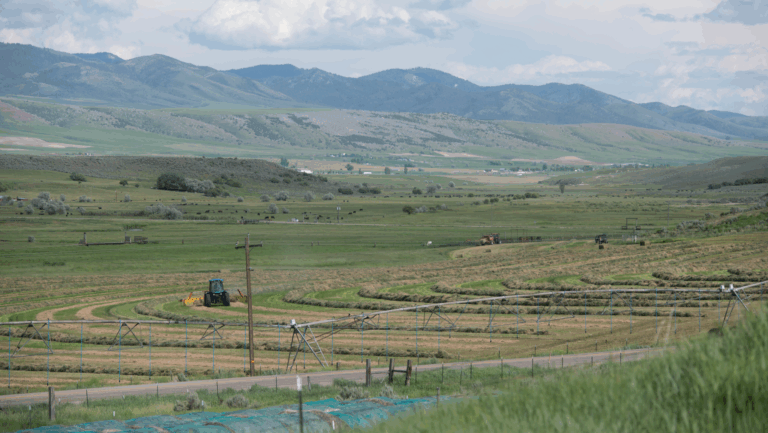Seven Rural Land Loan Financing Mistakes to Avoid
Learn about the seven most common rural land loan financing mistakes and how to avoid them.
Securing the right rural land loan can help you expand your agricultural operation or invest in a dream property. However, rural land loans differ from traditional home loans, requiring unique financial considerations. Making informed decisions can help you avoid costly mistakes and further solidify the long-term success of your rural land investment.
Unlike traditional mortgages, rural land loans often have varying interest rates, payment structures, and more stringent down payment requirements. It can also be more difficult to establish the appreciation potential of rural properties than homes in suburban or urban areas, making it crucial to approach these loans with a clear and comprehensive financial strategy.
With the growing demand for rural property and increasing land values, it’s more important than ever to avoid financial missteps during the rural land loan process. To help you along the way, here are seven common mistakes to steer clear of when securing your rural land loan.
Seven Most Common Rural Land Loan Financing Mistakes
1. Overleveraging
Taking on more debt than the land’s revenue potential can result in long-term financial strain. Properties that qualify for a rural land loan, particularly those intended for agricultural purposes, often generate income at a slower or seasonal pace. Borrowing too much based on optimistic projections can backfire. To avoid overleveraging, ensure that your loan amount aligns with the property’s actual and projected income potential. Stress test your farm financials to establish realistic estimations and reduce financial risk.
2. Misjudging Land Value
Rural land values vary significantly by location and use. A common mistake is assuming constant appreciation without considering factors like soil quality, zoning restrictions, or access to infrastructure. Work with experienced rural appraisers and study local market trends to avoid overpaying. Doing your research and taking a conservative approach to rural land valuation can save you from overextending yourself financially.
3. Ignoring Interest Rate Structures
Rural land loans often come with more variable interest rate options compared to traditional home loans. Fluctuating rates can significantly impact long-term affordability. Decide whether a fixed or variable interest rate on your rural land loan is more suitable based on your risk tolerance, the current rate environment, and loan terms.
4. Not Having a Detailed Financial Plan
A comprehensive financial plan for your farm operation—including farm cash flow projections and budgets—is essential when securing a rural land loan. Lenders will look for evidence that you can sustainably manage the property and repay the loan. A clear financial plan will not only help you negotiate better loan terms but also ensure you can cover all expenses related to property maintenance and operations.
5. Underestimating Liquidity Needs
While it’s tempting to allocate most of your capital to land acquisition, doing so can leave you without the liquidity needed for ongoing expenses such as equipment, repairs, or unexpected costs. Maintaining a balance between rural land investment and working capital is crucial for long-term success. Failing to manage liquidity effectively could lead to cash flow shortages that disrupt operations.
6. Overlooking Tax Implications
Rural land purchases come with their own set of tax considerations, including capital gains, property taxes, and estate taxes. Neglecting to factor in these potential costs could result in hefty financial burdens down the line. Work with a tax professional to fully understand the tax implications of your rural land purchase and plan accordingly.
7. Neglecting Rural Land Loan Covenants and Terms
Rural land loan covenants are terms set by rural land lenders that dictate how you must operate financially during the loan period. Failing to meet these conditions can result in penalties or even foreclosure. Familiarize yourself with common loan covenants, such as maintaining insurance or keeping certain financial ratios, and ensure that you’re in full compliance throughout the life of the loan.
Secure a Rural Land Loan with a Lender You Can Trust
To avoid these costly financial mistakes, it’s crucial to work with a lender who understands the nuances of rural land loans and the unique financing required to keep an agricultural operation on sound financial footing.
At AgAmerica, our deep knowledge of rural real estate and agriculture ensures that we structure loans that align with your long-term goals. We’ll guide you through the process, helping you make informed decisions that set you up for success.
Contact us today for expert guidance on how to create a financial plan that positions your farm to thrive.






